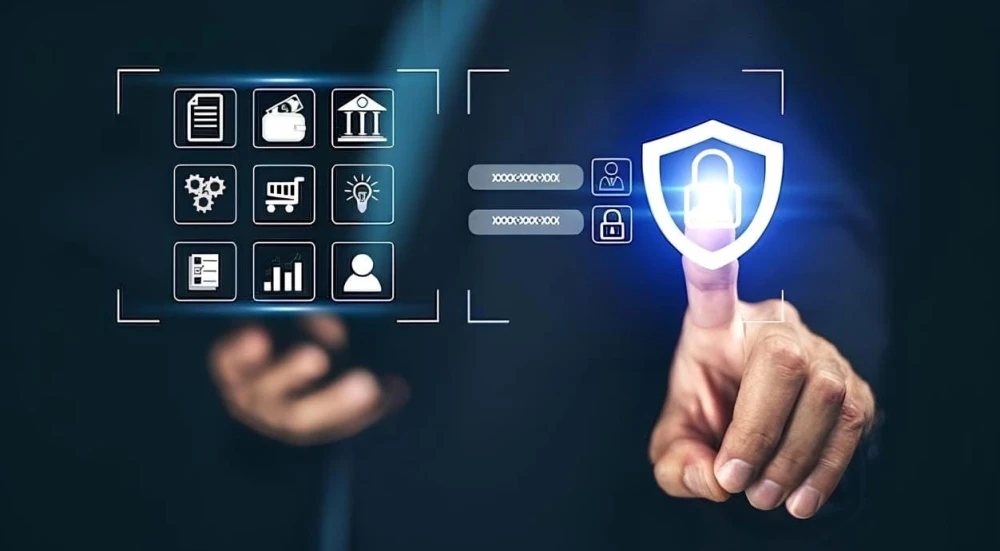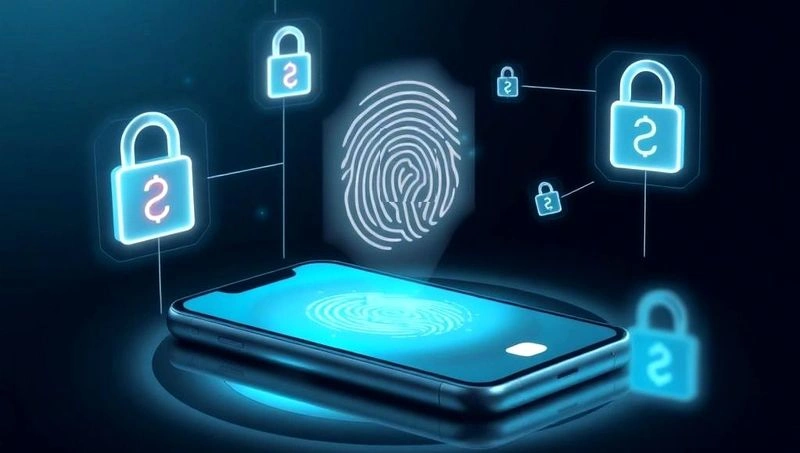Two-Factor authentication: Why you need it and how to enable it
14.09.2025

Today, the internet has firmly entered every aspect of our lives, which is why protecting personal data has become a top priority. We use online services daily to store personal photos, communicate, work with business documents, access bank accounts, and even manage corporate profiles. Losing an account can lead not only to financial losses but also to the leakage of particularly valuable information.
One of the most effective tools for preventing such risks is two-factor authentication (2FA). Thanks to 2FA, the likelihood of hacking decreases significantly, even if a password falls into the wrong hands.
In this article, we'll take a detailed look at what two-factor authentication is, why you should use it, what types of verification exist, and how to properly enable protection on popular services.
What two-factor authentication is
Two-factor authentication is a modern identity verification mechanism where a simple password is not enough to access a system. The user additionally confirms their identity using a second factor: a one-time code from SMS, a special mobile application, a physical device, or biometric parameters.
The essence of the method is that even if a password is compromised, access to the account remains blocked without additional verification. This barrier significantly complicates the task for malicious actors.
Why you should enable 2FA
Malicious actors use a wide range of methods to gain access to accounts: from phishing pages and fake emails to virus programs and password guessing. In today's environment, a complex password alone is often not enough.
Main Advantages of Two-Factor Authentication:
- Minimized data theft risks: Even if your password is leaked, a hacker cannot log in without the second verification step.
- Enhanced security: Many services allow you to choose a protection method: SMS, push notifications, code generators, or hardware keys.
- Financial security: Online banking and e-wallets become significantly more secure.
- Additional trust: Especially important for business accounts and corporate communications where information security is critical.
It's no wonder that the question "two-factor authentication: why you need it and how to enable it" is becoming increasingly relevant among users.
Main types of two-factor authentication
1. SMS Verification
The simplest and most common method—sending a one-time code to your phone. Despite its convenience, this option has vulnerabilities: possible delivery delays, and SIM cards can potentially be intercepted.
2. Authenticator Apps
Applications like Google Authenticator, Authy, or Microsoft Authenticator generate codes that refresh every 30 seconds. This makes the method more reliable compared to SMS.
3. Hardware Keys
Physical tokens that connect via USB or NFC (such as YubiKey) are considered one of the most secure methods. Without the device, logging in is simply impossible.
4. Biometric Authentication
Some services allow you to verify login using a fingerprint or facial scan. This is fast and convenient but doesn't work everywhere.
How to enable two-factor authentication
Google and YouTube
- Go to your account settings.
- Open the "Security" section.
- Find "Two-Step Verification."
- Choose a convenient method: SMS, app, or key.
Facebook and Instagram
- Go to "Settings and Privacy."
- Navigate to "Security and Login."
- Enable "Two-Factor Authentication."
- Specify your verification method—SMS or an authentication app.
Online Banking
Most financial institutions implement two-factor protection automatically. Customers only need to confirm login via code or push notification.
Corporate Services
In work systems (such as Slack, corporate email), the IT department often uses hardware keys or authenticator apps to protect company data.

Potential challenges and solutions
Despite obvious advantages, 2FA has some nuances:
- Phone access issues: Losing or breaking your device can make login difficult.
- SMS delays: Messages sometimes arrive late.
- User inconvenience: Some find entering additional codes tedious.
To minimize risks, you should:
- Save backup codes;
- Enable multiple verification methods;
- Prefer apps over SMS when possible.
Recommendations for effective 2FA use
- Choose the most reliable method—hardware keys or authenticator apps.
- Set up alternative access options.
- Regularly update passwords and don't reuse them across services.
- Check website addresses before entering data to avoid phishing scams.
The future of two-factor authentication
Security technologies improve every year. Multi-factor authentication is increasingly used, combining several methods: biometrics, geolocation, physical keys. Likely, in the coming years, 2FA will become the default standard for most services.
Conclusion
Two-factor authentication: why you need it and how to enable it—is a question that should concern everyone who values their data and financial security. This tool significantly reduces the risk of hacking and helps maintain confidentiality.
Enabling two-factor protection isn't difficult, and the result is worth the effort. If you haven't activated it on your accounts yet—now is the time to do so. After all, in the digital world, personal security depends primarily on user vigilance and smart decisions.